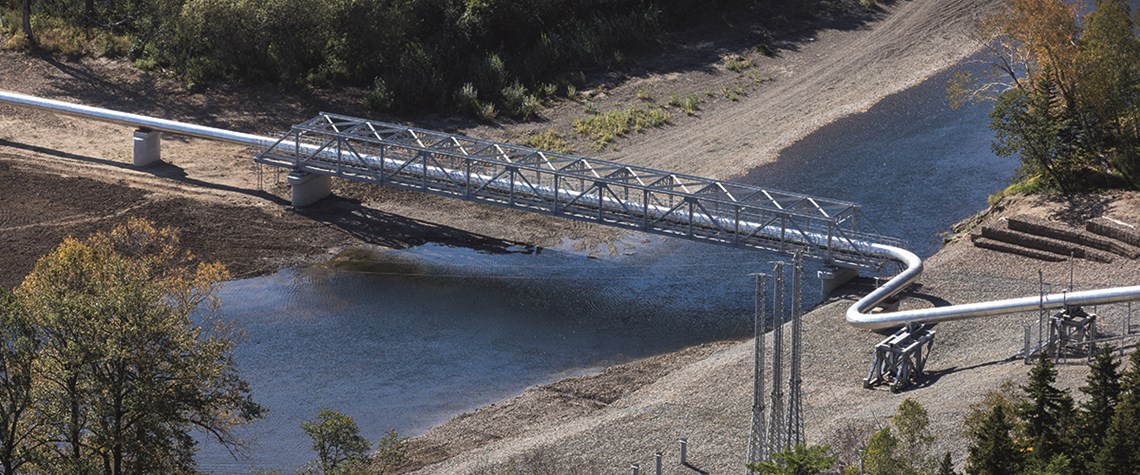Europe's gas security conundrum
Central Asian countries are eager to pick up the slack, if sanctions hit Russian pipeline supply to Europe
Beefed up US sanctions against Russia are hampering Gazprom's plans to send more gas to Europe, potentially paving the way for Russia's rivals in the Caspian region—and the US—to muscle in. It's an area of uncertainty that European leaders need to resolve one way or another quickly. The European Union is going to need to import a lot more gas in the short-to medium-term, even allowing for the greening of economies, given the gradual dwindling of North Sea supply. The EU's PRIMES model, published last year, predicts a steady climb in net gas imports, rising from around 310bn cubic metres (or 73% of gross inland gas consumption) in 2020 to 328bn cm (80%) in 2030 and 360bn cm (88%) in 2050. Whi

Also in this section
12 December 2025
The latest edition of our annual Outlook publication, titled 'The shape of energy to come: Creating unique pathways and managing shifting alliances', is available now
12 December 2025
The federal government is working with Alberta to improve the country’s access to Asian markets and reduce dependence on the US, but there are challenges to their plans
11 December 2025
The removal of the ban on oil and gas exploration and an overhaul of the system sends all the right messages for energy security, affordability and sustainability
10 December 2025
The economic and environmental cost of the seven-year exploration ban will be felt long after its removal







